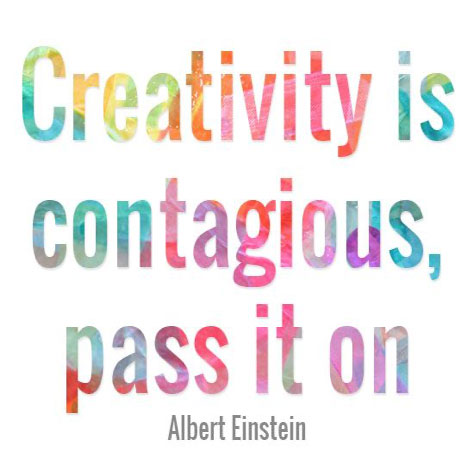Keep Kids Creative Week
What is it?
National Keep Kids Creative Week was developed in 2003 by artist Bruce Van Patter. He created this holiday to inspire those who work with children to encourage creativity and foster the imagination. Allowing children opportunities to express themselves creatively is vital to the overall development and wellbeing of a child. It is the freest form of self-expression, where a child can express themselves openly and without judgement. Fostering creativity in children nurtures their emotional health, boosts confidence, and stimulates cognitive development. A child’s creative self-expression also provides an opportunity to appreciate how unique each child is and to celebrate their diversity!

How can we keep kids creative?
We can encourage creativity by providing children with the space and materials to explore freely. When engaging in arts and crafts, place emphasis on the creative process rather than the end product. Allow children to make their own artistic choices guided by their unique intrinsic motivations and ideas. Get messy, be silly, allow mistakes, and have fun! Pretend play is the perfect opportunity for kids to let their imaginations run wild. From flying to the moon in a cardboard box to fighting crime in a superhero costume, child-led imaginative play is the playground for creative exploration. Listening to music, adventuring in nature, journal writing, and dancing are other avenues that welcome and boost creativity.
Ideas to target speech and language goals while encouraging creativity
- Make up stories! Generate characters, a setting, a problem, and a solution. Next, formulate sentences, draw pictures, and assemble a book! This activity can target early literacy skills, sequencing, story grammar, and reading fluency. For articulation practice, make the main character’s name reflect your child's target speech sound. For example, write a story about “Samson the Silly Snake” to practice that “s” sound!
- Go on a nature walk or a scavenger hunt! Find items in the room that start with your child's target speech sound. Scavenger hunts can also be used to target early language skills such as categorization. Tape large and small circles on the floor using masking tape then go on a hunt for big and little objects around you, placing them in the right circle. Activities like these get creative juices flowing!
- Time for art! Provide your child with art materials without a clear end product in mind. Let their inner artist guide them. To encourage little ones to use language, incorporate “communication temptations.” Keep art materials just out of reach so that the child must request items, “Blue paint, please!” Model robust vocabulary by describing their art, “Wow, what a soft green feather” and narrating what you are doing, “I’m drawing dots. Dot, dot, dot.” Include opportunities to target turn taking by only offering one glue stick to use between two children.
The opportunities for creative expression are endless. Speech and language development can be fostered in any activity. Just get creative!


